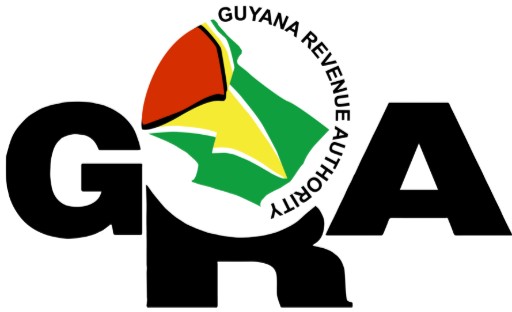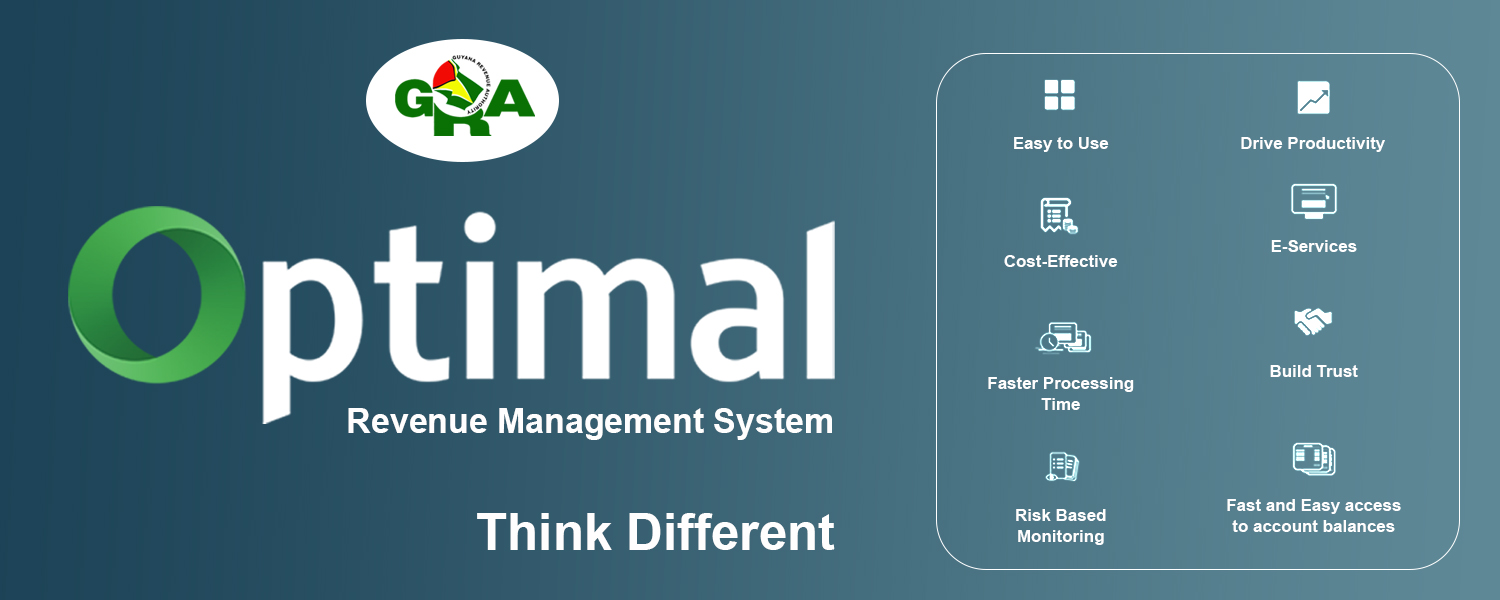The VAT fraction refers to the formula R/ (1+R); where R is the rate of tax applicable to the taxable sale (14%).
As such, the VAT fraction is [14 % / (1+14%)] which is equal to 7/57. The Guyana Revenue Authority (GRA) uses the VAT fraction when businesses which are registered for Value Added Tax (VAT) fail to charge the Tax.
Section 90 (1) of the VAT Act states that if a registered person fails to charge VAT then the price that was charged for his/ her goods or services will be deemed to include the VAT. For instance, if a businessman sells a case of drink for $1,000 and does not charge VAT, the GRA will apply the VAT fraction (7/57) as set out below:
$1000 x 7 = $7000 $7000/57 = $123
The business person will have to account to the GRA for $123 VAT on the sale made. Additionally, consumers who are issued with VAT inclusive invoices (sale invoices) can determine the actual amount of VAT paid on the product or service being purchased by applying the same principle.
For example, if a businessman sells the case of drink for $1,000 VAT inclusive, to the consumer who wants to determine how much VAT was paid; then the same principle is applied using the VAT fraction (7/57).
$1000 x 7 = $7000
$7000/57 = $123
In this instance, the consumer would have paid $123 in VAT.
Persons registered for Value Added Tax (VAT), must charge VAT on all goods and services at the standard rate of 14% except where the good or service is exempt or zero-rated. If the registered person fails to charge the tax in the price of the good or service, then the cost of the item will be considered to include VAT and the business person will have to account for the tax as if it was charged in the price of the item.
Section 90 (1) of the VAT Act states that:
“Further, according to Section 90 (2) and (3) of the VAT Act, where a registered person advertises or quotes a price for a good or service that is subject to 14 % VAT, the price is required to include the tax and the advertisement or quotation must state that VAT is included. The customer or consumer then makes a single payment.”
However, the registered person may advertise or quote a price that excludes VAT, but, apart from the price of the good or service, the advertisement or quotation must also state the amount of tax to be charged on the supply and the final price when the tax is added. Moreover, the price inclusive of tax and the price exclusive of tax must be advertised or quoted with equal prominence or impact.
According to Section 90 (4) and subject to subsection (5), price tickets on goods supplied by a registered person need not state that the price includes tax if this is stated by way of a notice prominently displayed at the premises in which the taxable person carries on a taxable activity, including the places in such premises where payments are effected, that is, the cashier area.
Subsection (5) states that –
“The Commissioner may, in the case of a taxable person or class of taxable person, approve any other method of displaying prices of goods or services by such persons.”

